14
Feb
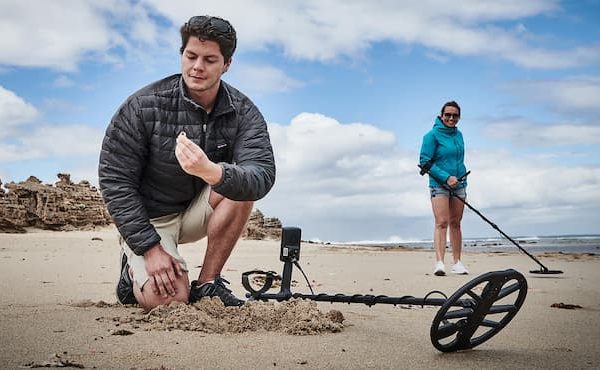
In all honesty, the gold rush didn’t end in the 19th century. Some people might think it did but that’s only because they don’t exactly keep tabs on what’s going on. The fact of the matter is that there are lots of people out there that more than willing to keep this trend going. Why wouldn’t you anyway? It can be difficult to shake off the prospect of gold and precious metals that’s looming over your head. Once you start, it’s difficult to stop.
In any case, regardless of whether you’re a newbie or an experienced miner, there’s no denying the importance of operating your mining machinery properly. In other words, if you want your mining experience to go as planned, you’ll have to break the bank when it comes to equipment. You probably already have a long list of things you want to get so we won’t be boring you with the details. Instead, we’ll be focusing on one specific tool which does most of the legwork in question – adding precise coiltek coils to your mining arsenal.
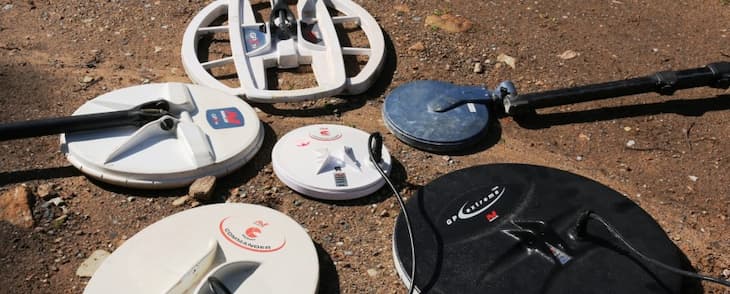
In short, all types of metal detectors use a coiled copper wire to send electrical current when generating a magnetic field. The coil itself, also known as a transmitter, has a circular form that’s attached to the bottom of the detector. As you move the detector along the ground, you move the generated magnetic field along with you. Once it comes across a piece of metal with its own magnetic pull, the two fields interact with one another which causes the machine to, well, detect the material. The signal is then transmitted to you for further action. So basically, you won’t be able to do any digging without the coils. Do you see why they’re so important now?
If we’re being honest, it’s quite a complex process. But what’s really impressive about the whole thing is that it happens in a matter of seconds. Modern-day detectors are so advanced that they can pick up on subtle signals almost instantly which, in turn, makes the job much easier for you.
In a world where diversity is much appreciated in all aspects of human activity, it’s not surprising that we’ve stumbled upon it here as well. Essentially, there are three main types of colitek coils available and we’ll be breaking down each one to get you up to speed.
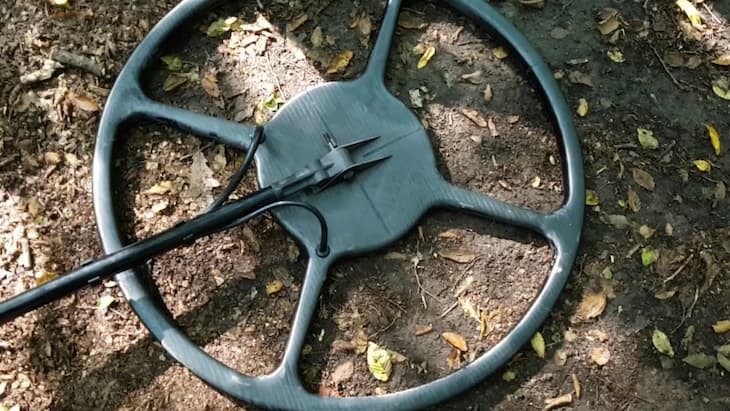
This one’s called concentric because it consists of two circular wires that make up a cone-shaped form. The specific build of concentric coils is what makes them so precise, since they have the ability to actively pinpoint your target.
However, it’s worth noting that these types of coils are somewhat noisier when you’re searching mineralised grounds. So if you’re looking for something on the down-low, you might want to check out other options.
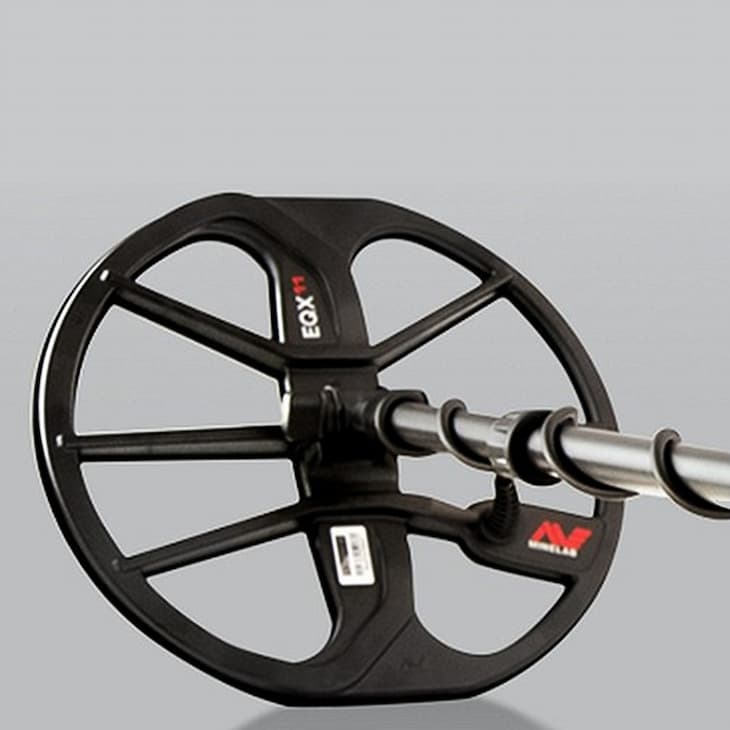
These coils have two overlapping D-shaped wires. One of them is reversed to form a circle with a wider detection range. As a result, these coils are quite stable and have a thorough search depth, especially in areas with heavy mineralisation. Moreover, they’re able to distinguish between ferrous and non-ferrous targets which can be of great use to you in your mining endeavours.
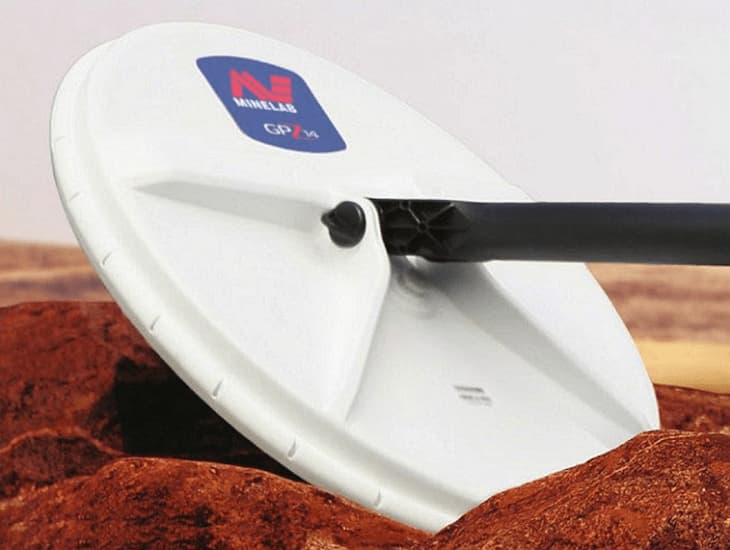
If you haven’t already guessed by the name, mono loop coils have a single strand of copper wire at the base. The wire has double function as it acts as both a transmitter and a receiver.
The signal itself is cone-shaped which means you’ll probably find navigating mineralised soils more difficult. On the flip side though, they generally provide greater search depth when compared to double-D coils.
Now that you’re familiar with the basic types of detector coils, how are you supposed to pick a suitable one? It’s certainly not an easy choice, given the similarities between all the models. Fortunately, there are a few tell-tale signs you can turn to that will help you reach a decision.
The idea here is simple, the bigger the coil is, the greater detection depth and sensor sensitivity it’ll provide. Sure, smaller coils are much lighter and more compact but they’re less efficient when it comes to covering large territories. If you want to get the job done more quickly, consider getting a bigger model for the best results.
Similarly, the shape of the coil can have a tremendous impact on your precision and detection speed. Generally speaking, circular coils are the most commonly used ones since they offer high levels of stability and performance. On the other hand, elliptical coils are easier to navigate among rocks and bushes, all while covering the same amount of ground.
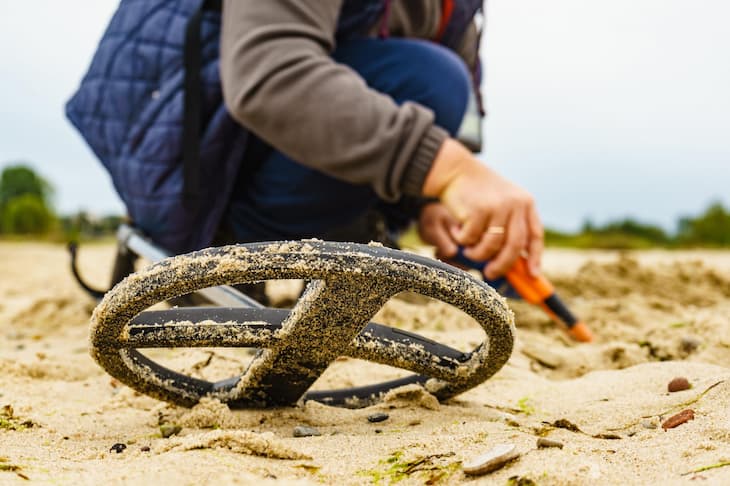
We’ve already laid down the basics on this when we explained all coil types separately so we’re just going to say this – there’s no point in using mono loop coils in mineralised soils when you know they won’t meet your expectations, is there? Evidently, the type of terrain you’re willing to cover has a major impact on the kind of detector coil you’ll be using.
While there’s nothing wrong with investing in good quality equipment for the best results, you shouldn’t spend all your savings either. Your best bet is to find colitek coils for sale to cut down on your expenses. Who doesn’t love a good bargain anyway?